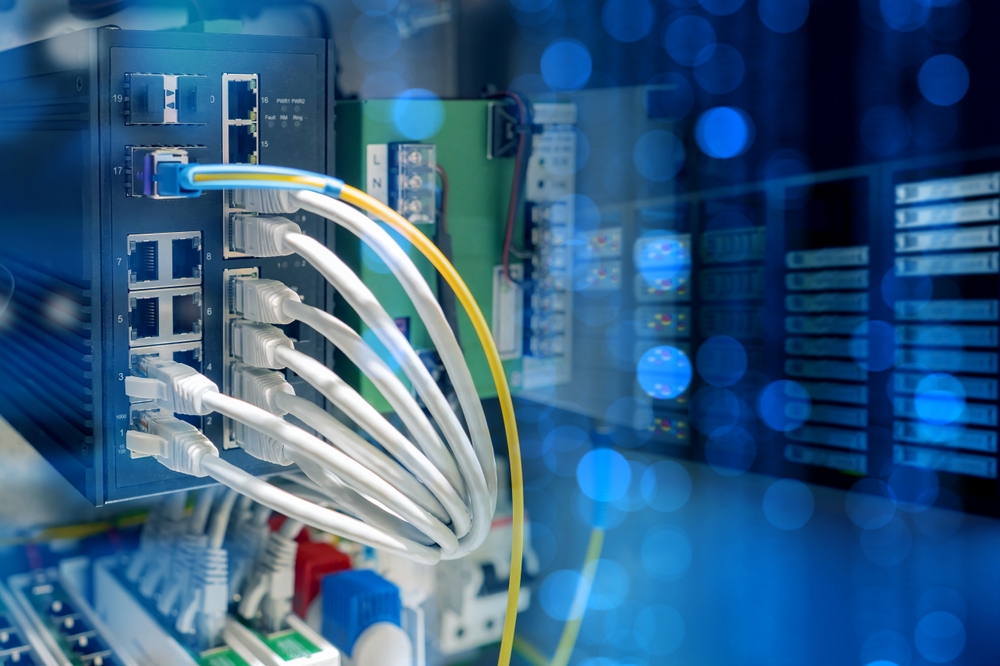Future-Proof Your Network: Why Cat6a Cabling Outperforms Cat5e and Cat6

Choosing the right cabling infrastructure is a long-term decision that affects a business’s network performance, scalability, and cost-efficiency. Here’s a clear breakdown of why a customer should invest in Category 6a (Cat6a) cabling over Cat5e or Cat6:
1. Superior Performance and Speed
-
Cat6a supports 10 Gigabit Ethernet (10GBASE-T) at 100 meters (328 ft).
-
Cat6 supports 10Gbps but only up to 55 meters.
-
Cat5e supports only up to 1Gbps at 100 meters.
This makes Cat6a ideal for future-proofing network infrastructure, especially in environments with high data demands like data centers, hospitals, universities, and smart buildings.
2. Reduced Crosstalk and Better Signal Integrity
-
Cat6a has enhanced shielding and tighter twists, which greatly reduce alien crosstalk and electromagnetic interference (EMI).
-
This is critical in dense environments with many cables or potential electrical interference.
3. Future-Proofing and Longevity
-
Investing in Cat6a ensures compatibility with emerging technologies like:
-
IoT devices
-
High-speed wireless access points (Wi-Fi 6/6E/7)
-
PoE++ devices (up to 60W or more)
-
Cat6a provides the bandwidth and power delivery support needed for these next-gen systems.
4. Better PoE Support
-
Cat6a’s thicker conductors and improved thermal properties allow it to better support Power over Ethernet (PoE), especially at higher wattages, with less risk of overheating.
5. Standards Compliance and Industry Trends
-
New commercial building standards (e.g., TIA-568.2-D) increasingly favor Cat6a due to its performance in modern enterprise applications.
-
Many structured cabling specifications now require Cat6a as a minimum.
6. Total Cost of Ownership (TCO)
-
While initial cost is higher, Cat6a avoids early obsolescence, costly upgrades, and limited support for newer tech.
-
It reduces the need for mid-span devices or repeaters, lowering maintenance and energy costs.
When NOT to Choose Cat6a
-
In small or low-bandwidth environments (e.g., small offices, low-budget SMBs), where 1Gbps is sufficient and cabling runs are short, Cat5e or Cat6 may be more cost-effective.
-
If you don’t plan to run 10Gbps in the foreseeable future, you may not realize the full value of Cat6a.
Summary: Which to Choose?
| Feature | Cat5e | Cat6 | Cat6a |
| Max Data Rate | 1 Gbps | 10 Gbps* | 10 Gbps |
| Max Distance (10G) | N/A | 37–55 meters | 100 meters |
| Shielding | Basic | Basic | Enhanced (shielded or unshielded) |
| Crosstalk Reduction | Low | Moderate | High |
| PoE Support | Limited | Good | Excellent |
| Future-Readiness | Low | Medium | High |
| Cost | $ | $$ | $$$ |
Final Recommendation:
If your network will require high bandwidth, long cable runs, or support for advanced PoE and next-gen devices, Cat6a is the smart investment. It ensures you’re ready not just for today’s demands—but tomorrow’s, too.
